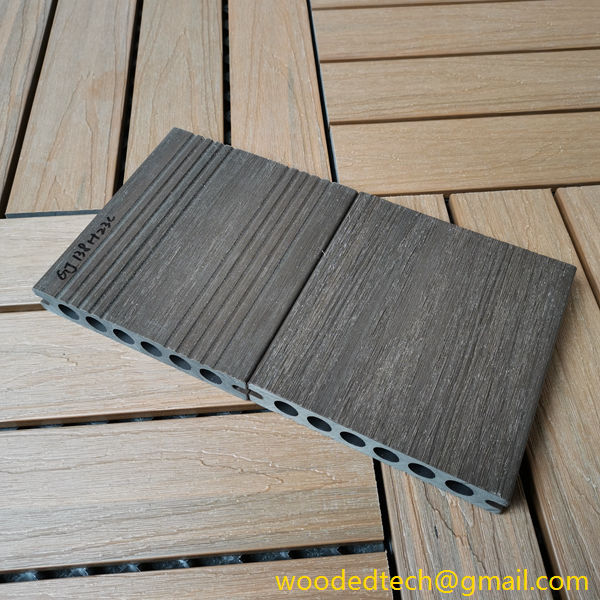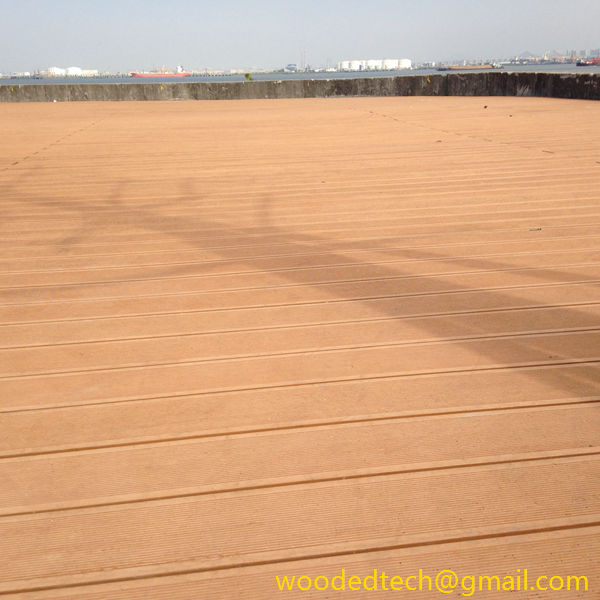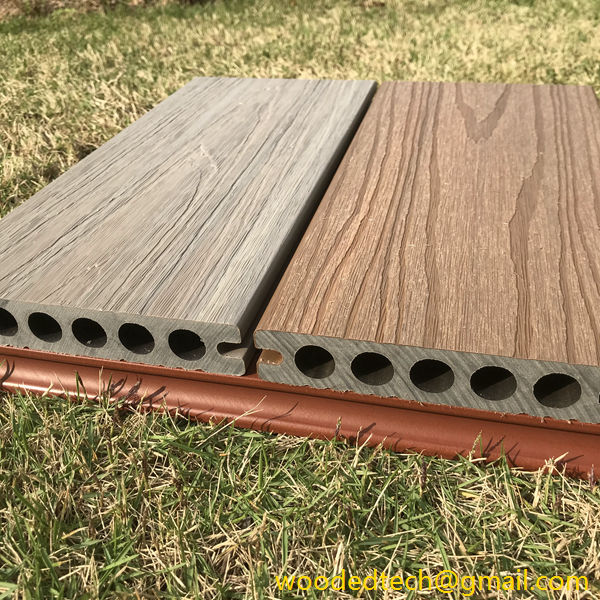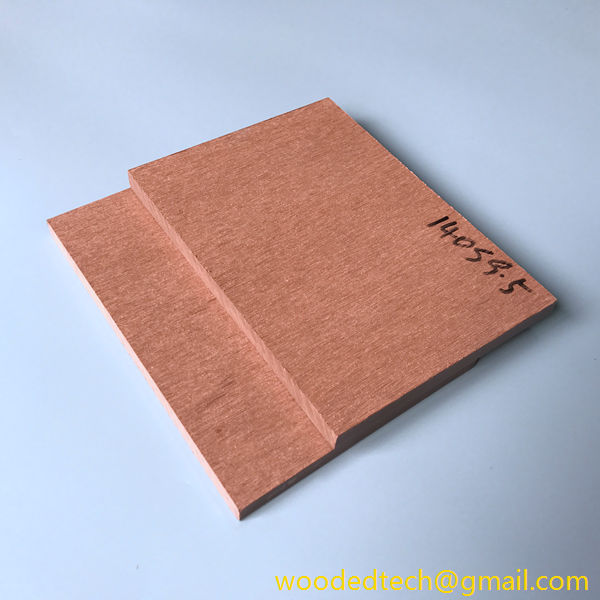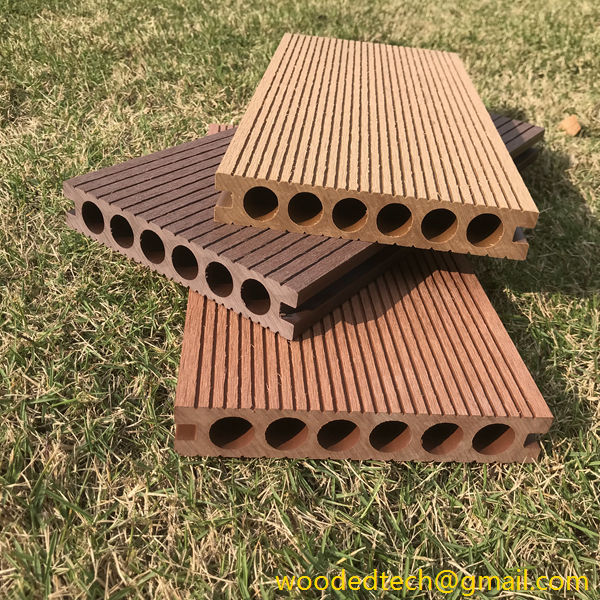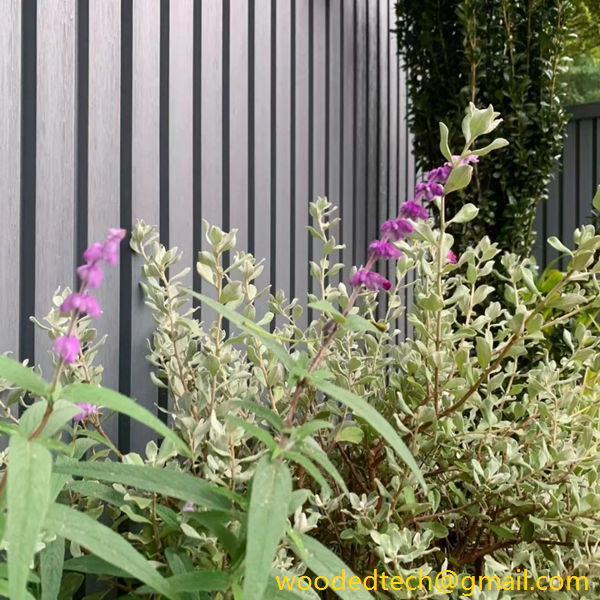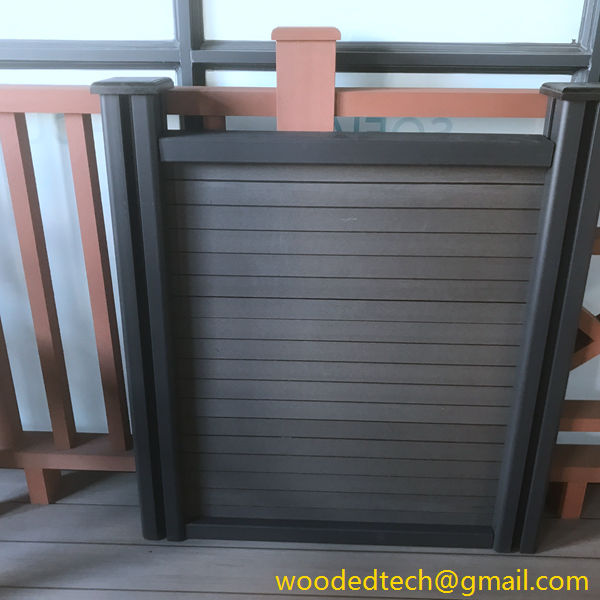합성 데크가 목재보다 더 강할까요? 주요 인사이트
합성 데크가 목재보다 더 강할까요? 주요 인사이트 합성 데크는 최근 몇 년 동안 엄청난 인기를 얻었으며, 종종 전통적인 목재 데크에 대한 우수한 대안으로 선전되고 있습니다. 이와 관련하여 가장 자주 묻는 질문 중 하나는 합성 데크가 목재보다 더 강한지 여부입니다. 이 질문을 해결하기 위해 우리는 다양한 ...
합성 데크가 목재보다 더 강할까요? 주요 인사이트
Composite decking has gained immense popularity in recent years, often being touted as a superior alternative to traditional wood decking. One of the most frequently asked questions in this regard is whether composite decking is stronger than wood. To address this question, we need to explore various facets of both materials, including their composition, durability, maintenance requirements, and overall performance.
First, let’s consider the composition of composite decking. Composite materials are typically made from a blend of recycled wood fibers and plastic. This combination creates a product that is designed to mimic the appearance of wood while offering enhanced durability. The plastic content is instrumental in providing resistance to moisture, rot, and insects, which are common threats to traditional wood decking. In contrast, wood decking, particularly softwoods like pine and fir, is more susceptible to these elements, requiring regular treatments and maintenance to prolong its life.
When it comes to strength, composite decking often outperforms wood in several key aspects. For starters, composite boards are engineered to resist warping, splintering, and cracking. These issues are commonly associated with wood, especially when exposed to the elements over time. Wood can expand and contract with changes in humidity and temperature, leading to structural weaknesses and aesthetic imperfections. Composite materials, on the other hand, maintain their integrity and appearance regardless of weather conditions, making them a more reliable choice for outdoor applications.
Another important point to consider is the load-bearing capacity of both materials. Composite decking is specifically designed to withstand heavy foot traffic and various environmental stresses. Many composite brands provide warranties that guarantee their products against structural failures, a testament to their strength and durability. Wood, while sturdy, can be more prone to sagging and bending under weight, particularly if it has not been properly treated or if it is of a lower grade.
One of the standout features of composite decking is its low maintenance requirements. Traditional wood decking necessitates regular painting, staining, and sealing to protect it from moisture and UV damage. These maintenance tasks can become time-consuming and costly over the years. In contrast, composite decking is designed to be maintenance-free in the later stages of its life. Most composite products only require occasional cleaning with soap and water to remove dirt and debris. This ease of maintenance not only saves homeowners time and effort but also contributes to the long-term value of the investment.
Moreover, the environmental impact of composite decking cannot be overlooked. As composite materials are typically made from recycled content, they provide an eco-friendly alternative to new lumber. This aspect is increasingly relevant in today’s environmentally conscious society, where many individuals are looking for sustainable building solutions. While wood is a natural product, the deforestation associated with traditional lumber production raises concerns about sustainability. Choosing composite decking can help reduce the demand for new timber, ultimately benefiting the environment.
The aesthetic appeal of both materials is another area worth discussing. Composite decking comes in a variety of colors, textures, and finishes, allowing homeowners to achieve the desired look for their outdoor space without compromising on performance. Many modern composite products are designed to closely mimic the appearance of natural wood, providing a visually pleasing option that does not require the same level of upkeep. While wood decking offers the unique beauty of natural grain patterns, its susceptibility to fading and discoloration can detract from its visual appeal over time.
In terms of cost, it is essential to weigh the initial investment against the long-term savings associated with composite decking. While the upfront cost of composite materials may be higher than that of traditional wood, the reduced maintenance and extended lifespan of composite products can make them more cost-effective in the long run. Homeowners who opt for wood decking may find themselves spending more on repairs, treatments, and replacement boards over the years, whereas composite decking can often last for decades with minimal intervention.
In conclusion, when evaluating whether composite decking is stronger than wood, it becomes clear that composite materials offer numerous advantages in terms of strength, durability, maintenance, and environmental impact. While wood has its own unique charm and appeal, the inherent vulnerabilities associated with natural materials make composite decking a compelling choice for homeowners seeking a long-lasting and low-maintenance solution for their outdoor spaces. The decision ultimately depends on individual preferences and priorities, but for those looking for a robust, aesthetically pleasing, and maintenance-free option, composite decking stands as a formidable contender in the decking market. As outdoor living spaces continue to gain importance in modern homes, the advantages of composite decking over traditional wood are likely to make it an increasingly popular choice among homeowners.

